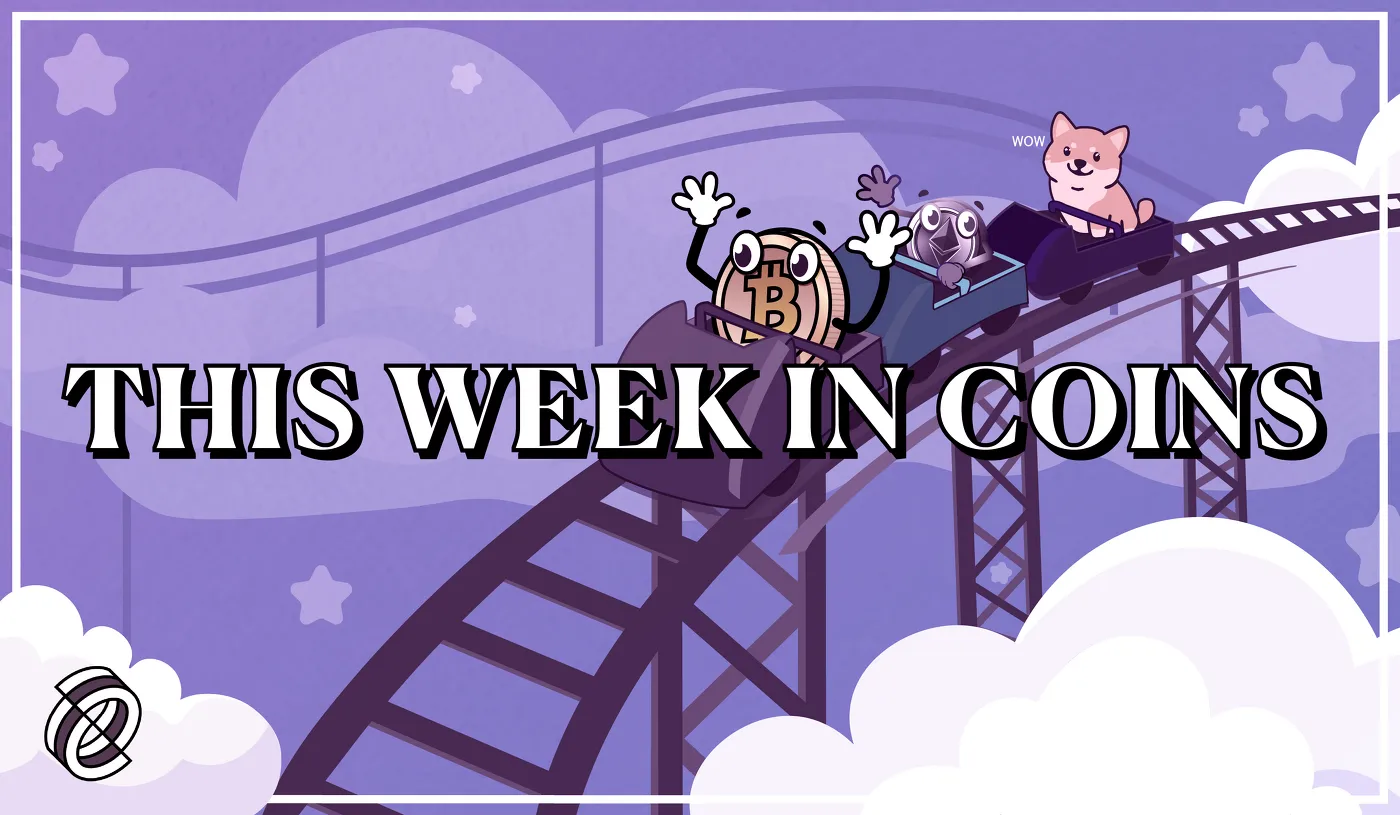
The crypto market is limping into the new year, but the week heading into Christmas brought very modest gains for the two leading coins.
As of Saturday morning, Bitcoin (BTC) is up nearly 1% over the past seven days and Ethereum (ETH) is up nearly 4%, according to CoinMarketCap data.
Top memecoin Dogecoin faced notably heavier losses this week. The value of one DOGE is 8.8% lower than it was this time last week and it currently trades for $0.077119.
Dogecoin’s popularity waned this week when the cryptocurrency’s number one fan, Twitter/Tesla CEO Elon Musk, tweeted a poll asking whether he should step down from Twitter. The majority of respondents, some 10 million people, voted “Yes.” Much yikes, very ouch.
Double-digit percentage losses were felt by holders of Solana (SOL), which crashed 15% to $11.86. Cardano (ADA) dropped 13% to $0.259728, Polkadot (DOT) sank 14% to $4.47, Avalanche (AVAX) fell 10% to $11.78, and Quant (QNT) dropped 12% to $105.
Ethereum Classic (ETC), Uniswap (UNI), Litecoin (LITE) and Polygon (MATIC) all posted similar losses of around 9%.
Finally, there were whispers in Washington this week that the FTX debacle could spell the end of centralized crypto exchanges.
The SEC has escalated its assault on the crypto industry via the investigation. The agency is targeting FTX bigwigs for securities fraud by labeling the exchange’s native token FTT as a security. It’s a subtle semantic shift, implying the SEC now views the token as a security in itself regardless of how it was marketed to consumers.
With another year about to close, it’s worth zooming out and considering where 2022 fits into the crypto narrative. It was another rollercoaster year, but unlike the heady peaks of 2021, this was most certainly a painful trough for everyone in the industry in some way or another.
Bitcoin more than halved over the course of the year (though there's still a week left for a miracle to happen) while Ethereum depreciated by a factor of three. Such heavy losses among the two market leaders obviously didn’t bode well for the wider market, either.
But this was a year in which the industry needed to learn important lessons, and learn them it did, through a tried-and-tested, ancient method: failure.
Central to the 2022 bear run were the historic collapses of the Terra ecosystem (both LUNA and its algorithmic stablecoin UST) and the centralized FTX exchange. The contagion from both events spread far across the industry, bankrupting many firms and providing us with case studies in what not to do.
Interestingly, Bitcoin’s popularity among retail investors—regular Joes as opposed to institutional investors, like Tesla and MicroStrategy—exponentially grew over the course of the year. In 2020, just 12% of the total supply was in the people’s hands, but by now, that figure has blown up to a little over 17%, an all-time high proportion.

